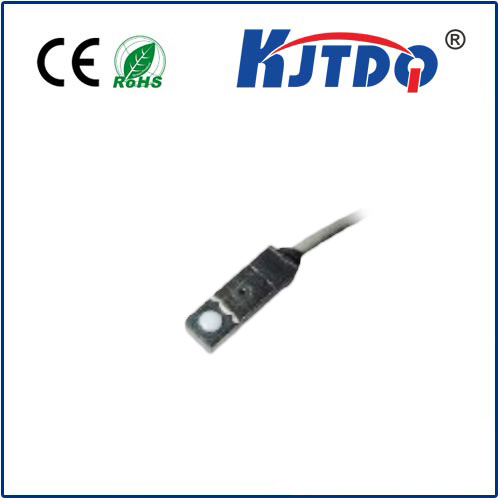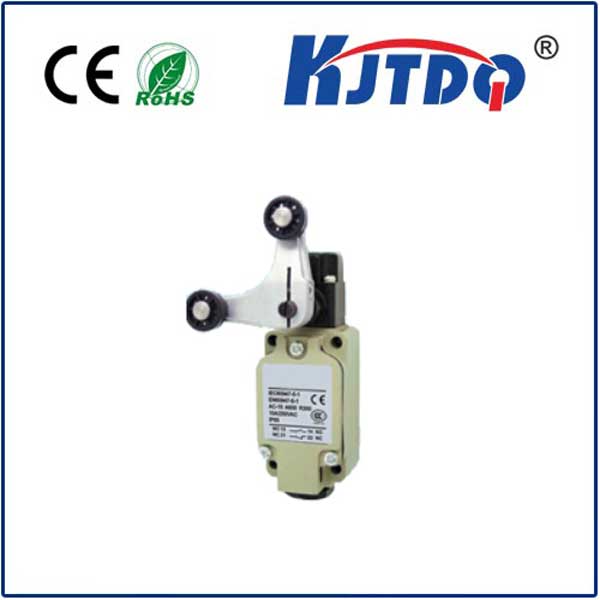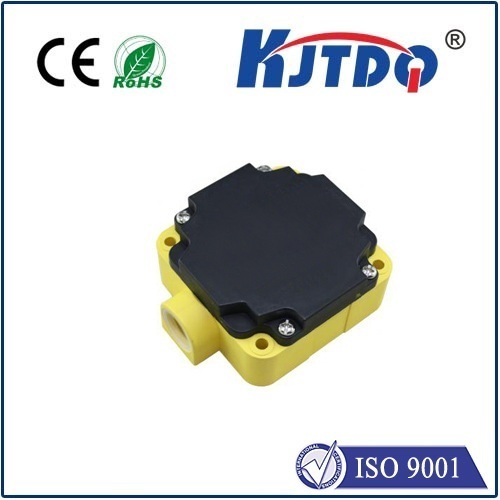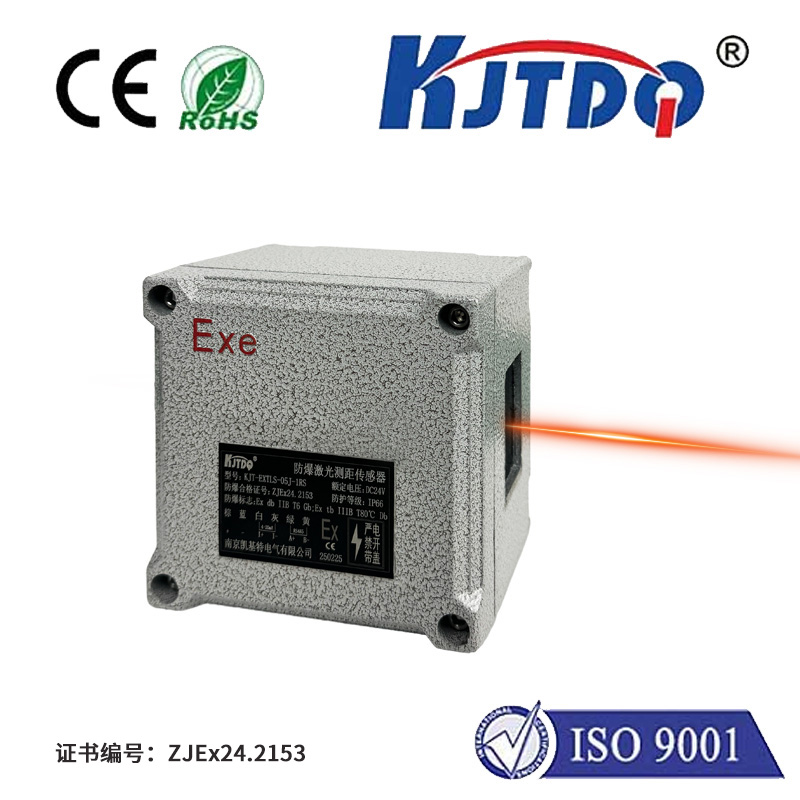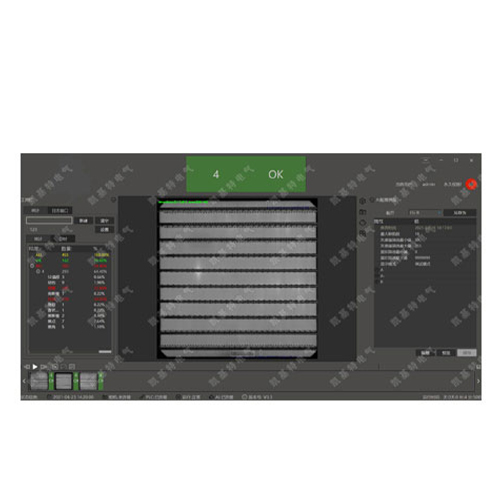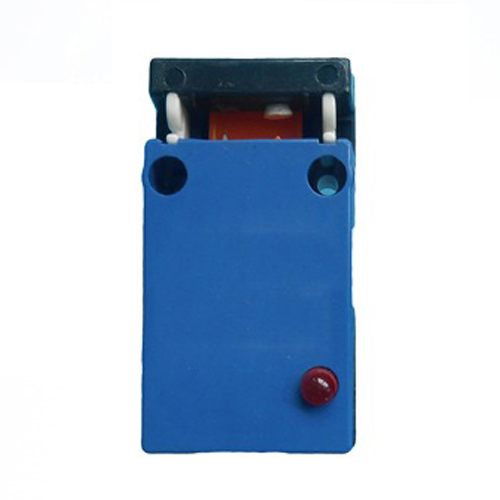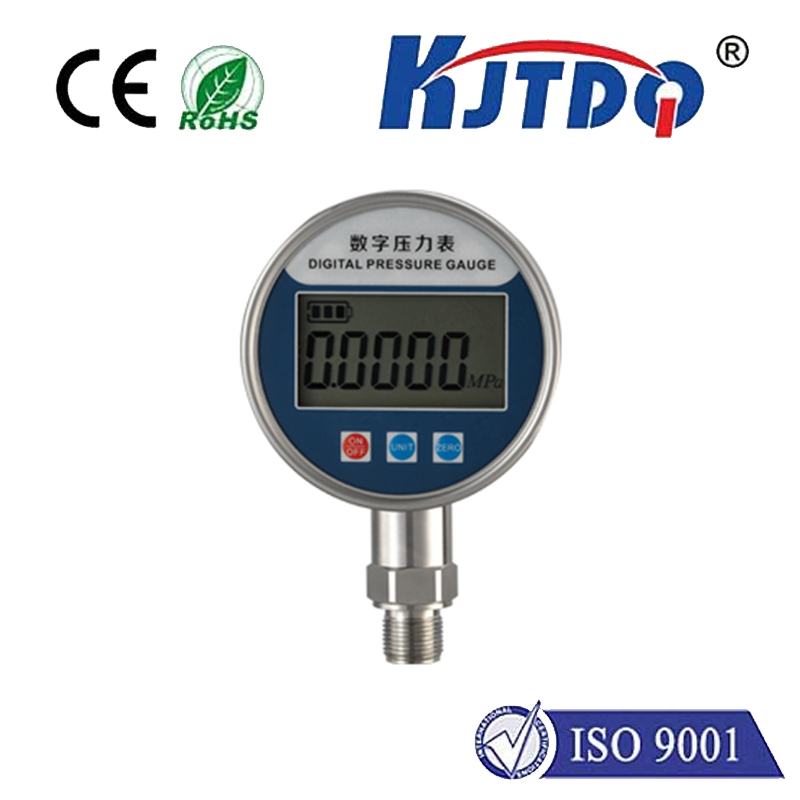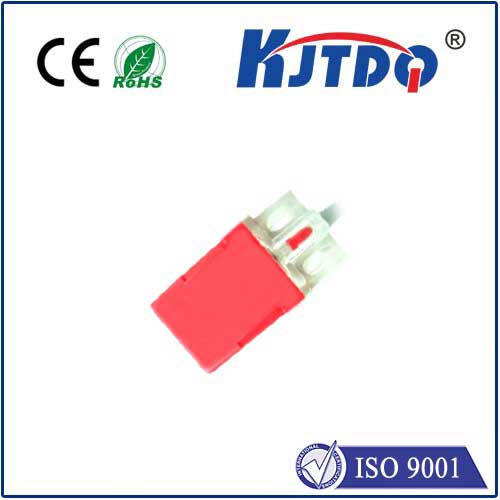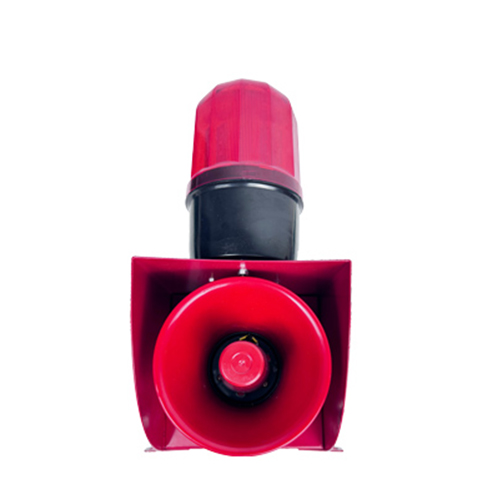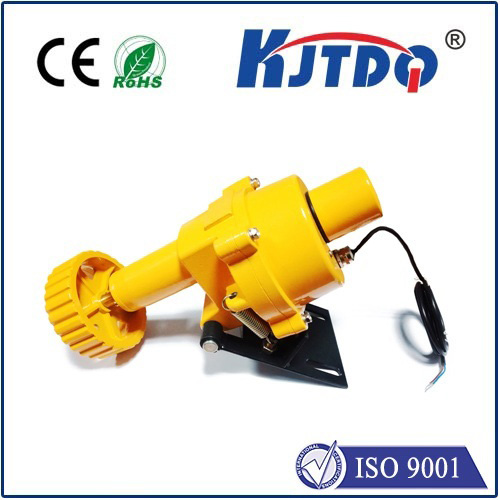

check

check

check

check

check

check

check

check

check

check

Title: Understanding PNP Capacitive Proximity Sensors Introduction A PNP capacitive proximity sensor is a type of electronic component that detects the presence of conductive materials without making physical contact. This article will provide an overview of how this type of sensor works, its applications, and its advantages over other types of sensors. What is a PNP Capacitive Proximity Sensor? A PNP capacitive proximity sensor consists of two parallel plates separated by an insulating material. When a conductive object comes close to one plate, it distorts the electric field between the two plates, changing the capacitance. The sensor then generates an output signal proportional to the change in capacitance. There are two types of PNP capacitive proximity sensors: amplitude modulation (AM) and frequency modulation (FM). In AM sensors, the output signal varies in amplitude depending on the distance between the object and the sensor. In FM sensors, the output signal varies in frequency instead. Applications of PNP Capacitive Proximity Sensors PNP capacitive proximity sensors have a wide range of applications due to their non-contact nature and ability to detect a variety of materials. Some common applications include:
